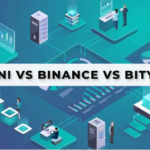Open Source Software has been creating buzz in the technology space for a long time. These are the softwares whose codebases are publicly available on the internet, allowing developers to develop something new based on that or improve the existing one. Some examples of Open Source Software are VLC Media Player(if you have a laptop, you should have used it), Mozilla Firefox, Telegram, Brave, Linux, and even your phone operating system(Android!). Since AI is becoming popular, many companies are developing open-source AI models, encouraging developers to add new features and making AI and LLMs accessible to the general public. This article will delve into the best open-source AI models you should try.

Table of Contents
Benefits of Using Open-Source LLM
Before delving into the world of open-source LLMs, first, understand the benefits of using them.
- Data Security: One of the biggest concerns of using proprietary LLMs is the dataset the model is trained on. Sometimes, companies train their models using confidential or personal data, so there is a chance of getting data leaked. In the case of open-source LLMs, everyone has complete control of their data, which will also promote transparency.
- Cost Saving: To use any LLM, users must buy the license or the API key, which is costly. In the case of open-source LLMs, downloading and using them locally or deploying them on the cloud is completely free.
- Transparency and Improvement: The code, architecture, training data, and mechanism of Open-source LLMs are publicly available. So, it promotes transparency and allows the new developers to add new features and bug fixes, which leads to the overall improvement of the LLM.
- Community Support: The greatest advantage of Open Source software is its strong backbone of developers and tech enthusiasts as community support. This allows like-minded people to come together and work on something to make it better.
- Environmental Impact: As we all know, to properly function LLM, we need many GPUs, and they also consume a lot of water. In the case of open-source LLMs, we can change the codebases and architecture to ensure they impact the environment less.
Best Open Source LLMs
Llama 2
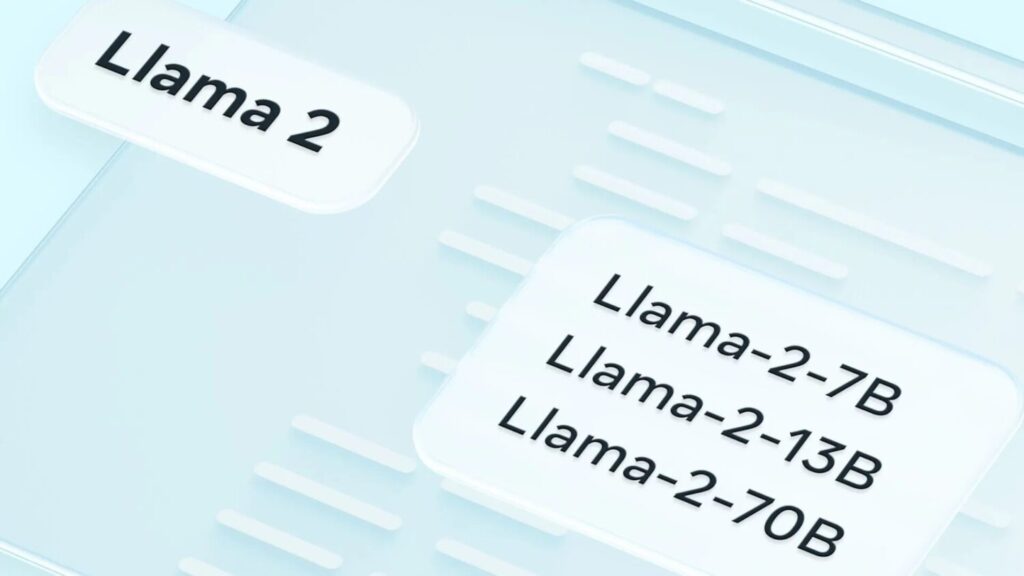
Llama 2 is an open-source LLM that collects pre-trained and fine-tuned large language models (LLMs) ranging in scale from 7 billion to 70 billion parameters developed by Meta AI. It is the successor of its previously launched Llama. Trained on a massive dataset of 2 trillion tokens and context length of 4,096 tokens, double the context length of Llama 1 with more than 1 million new human annotations.
Regarding performance, this new LLM has outperformed top players such as ChatGPT and others in many tasks, such as better text generation, code output, translation, and a lack of bias. For safety and security, Meta trained the LLM mainly on the publicly available data from trusted platforms such as Meta and Common Crawl to promote transparency and accessibility. Based on the size of the parameters, Llama 2 is categorized into three submodels named Llama2 7B, Llama2 13B, and Llama2 70B. New AI startups like Together.ai and tech giants like Microsoft and AWS use Meta’s new LLM.
Also Read- Devin AI: A Game Changer or Threat
Mistral 7B
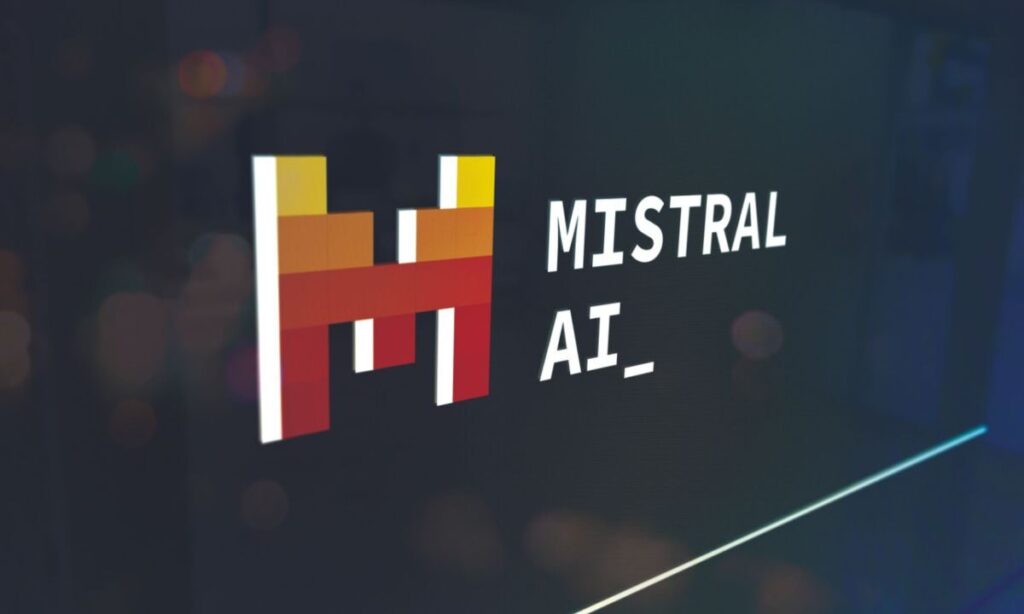
Founded in April 2023 by the former employees of Meta and Google, Mistral AI is a French company that aims to develop AI products and solutions for businesses committed to open-source development. Mistral AI launched its open-source LLM, “Mistral 7B,” the best AI model in the 7 billion parameter range.
The model has outperformed Llama 2 7B and Llama 13B on many benchmarks and also beat CodeLlama on coding benchmarks. The company also has the “Apache 2.0” license, which means you can use this LLM anywhere without restrictions. Recently, the company announced that it will collaborate with tech giants like Microsoft, Amazon Bedrock, and Soundflake, helping the organizations build and scale generative AI applications.
Also Read – Top 5 AI Video Generators: The Future of Marketing
Stable Diffusion
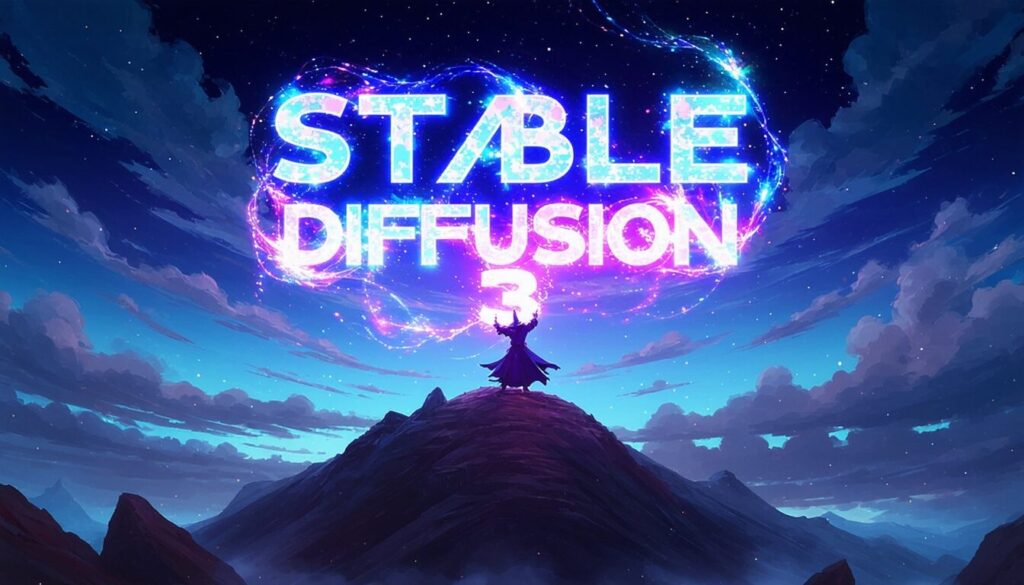
Stable Diffusion is an open-source text-to-image generator tool developed by Stability AI. This tool generates images according to the description. This tool is similar to Midjourney but has advanced features like aspect ratio, generation style, and many more, with different models to choose from. Imagine your dreams like a spacecraft floating deep in the ocean, and Stable Diffusion will translate your words into images.
Recently, Stable Diffusion launched two new updates; one is Stable Diffusion V3, a successor of Stable Diffusion models, which can now write text in the images, which means you can now write your name on the spacecraft. The other is Stable Diffusion Video, a new model that can generate videos from the given description or add motion to your image. Not only this, Stability AI is also working on other open-source models, such as Stable Audio 2.0 and Stable Video 3D, and their community is one of the largest open-source AI communities.
Also Read- 7 Best FREE AI Chatbots That Will Blow Your Mind
DBRX
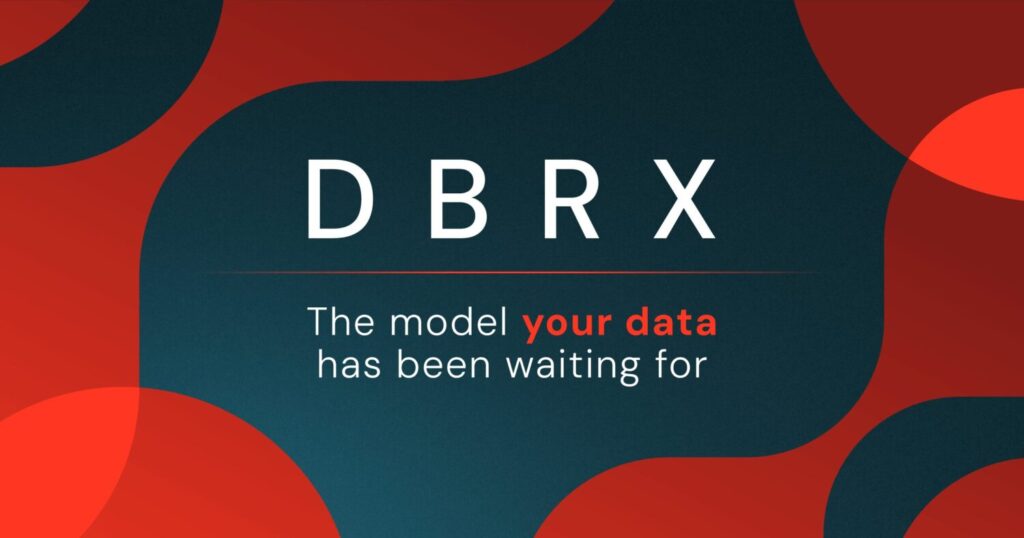
Databricks is a company that mainly works in cloud technology and generative AI development. Recently, Databricks launched their open-source LLM, “DBRX,” whose parameters are close to 132B with 12 trillion tokens and a maximum context length of 32,000 tokens, making it one of the most advanced open-source LLMs. This new LLM has outperformed many LLMs, such as Llama 2 70B, Mistral, and Grok 1(an LLM by X), in terms of language understanding, maths, programming, and logic. Not only this, this model also beat GPT 3.5(ChatGPT) mostly on many benchmarks. Databricks also announced that they will soon launch custom DBRX so the organization can train on their datasets.
Also Read- Claude AI – Better than GPT-4?
Grok 1
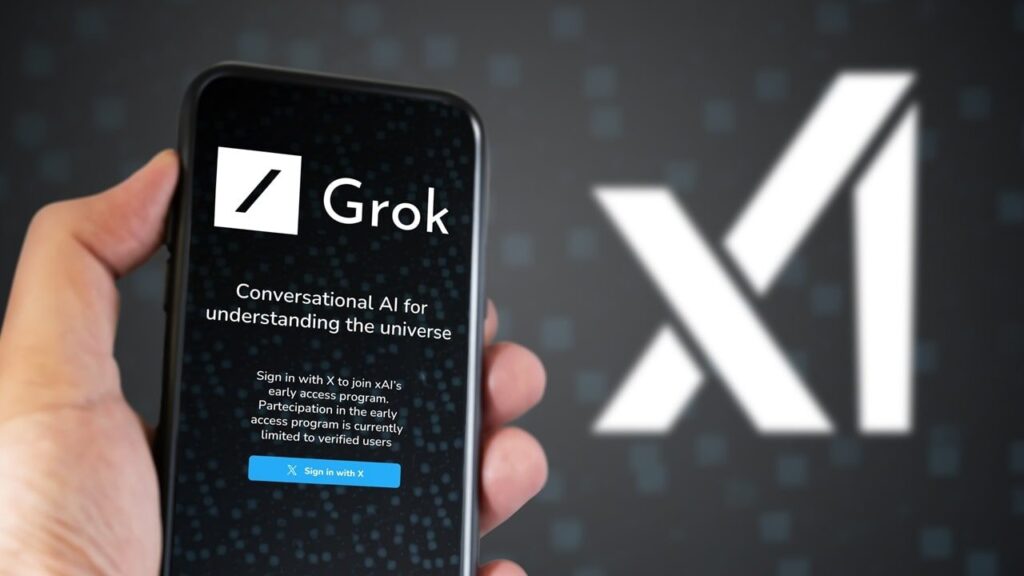
Grok 1 is an open-source AI LLM developed by X(Formerly Twitter) on Mixture-of-Experts(MoE) architecture. It is the world’s largest open-source model, with over 314 billion parameters and a context length of 8,192 tokens. This model also beat many open-source LLMs, such as Llama 2 70B, on many benchmarks. According to Elon Musk, xAI trained this model on X’s large datasets. Grok also has an “Apache 2.0” license, which means organizations of any size are allowed to use it and have no restrictions on commercial use. To use this model, you must be a premium X subscriber. X is also testing Grok 1.5, currently in beta testing, which is more advanced than its previous one.
Also Read- Best AI Tools for Students
Bloom AI

Bloom is one of the finest open-source LLMs, specially designed for text generation in response to any prompt. With over 176 billion parameters, it can generate text, translate, summarize, and more. This model supports more than 45 languages, making it easy for people to be uncomfortable in English. This model is built on a versatile laser module, making it ideal for various industries. It also offers various customization features and integration to meet the user-specific requirements.
Also read- Best AI Tools for Sales
Solar
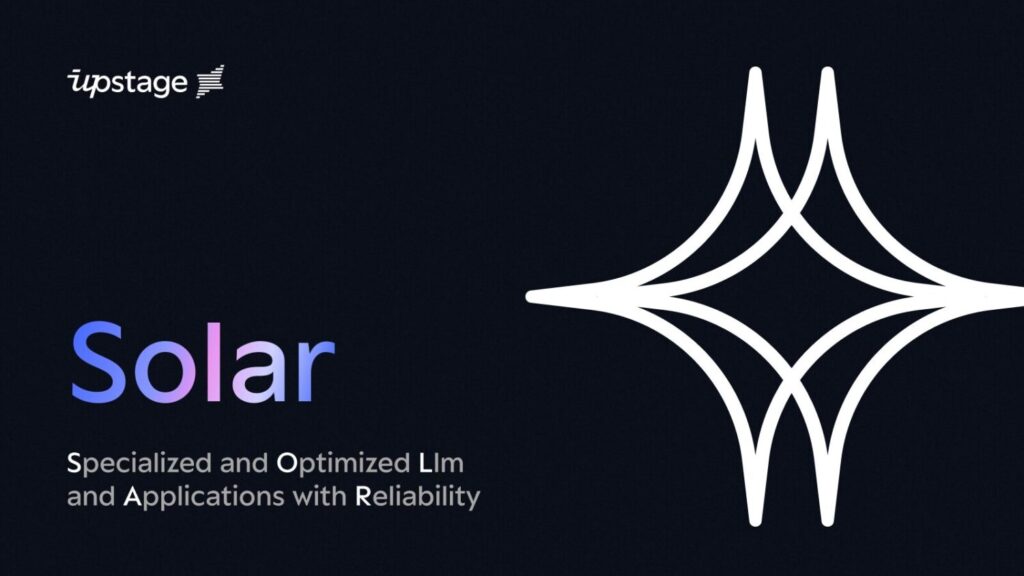
Solar is a pre-trained language model (LLM) developed by Upstage and is known for its outstanding performance in natural language processing (NLP) tasks. With 10.7 billion parameters, Solar 10.7B is the latest version, surpassing other models like Llama 2 and Mistral-7B. In December 2023, it ranked first in Hugging Face’s “Open LLM Leaderboard,” making it the world’s best model with fewer than 30 billion parameters. Upstage improved smaller Solar models using the Depth Up-Scaling method, combining benefits from larger models with the simplicity of smaller ones without complex training changes.
Also Read- 10 Ways to Earn Money Using AI
Yi
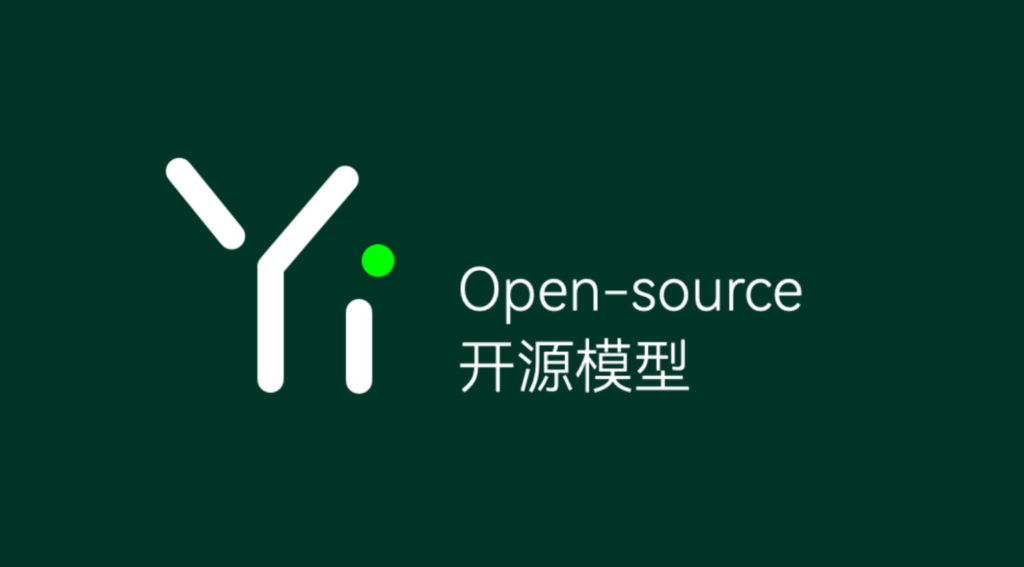
Yi-34B is an open-source LLM developed by Chinese startup 01.AI. The Yi series focuses on bilingual language modeling, trained on a high-quality 3T multilingual dataset, showing promise in various language tasks like comprehension and reasoning. It offers 6B and 34B model sizes, extendable to 32K during inference. Yi’s GitHub indicates the 6B models are suitable for personal and academic use, while the 34B models are ideal for commercial and educational purposes. Sharing the LLaMA model architecture, Yi series users benefit from LLaMA’s ecosystem. 01.AI plans to launch an enhanced model and expand its commercial product range to compete in the generative AI market.
Also read- Best GPT-4 Plugins: Use ChatGPT like a pro
Falcon

Falcon is a large language model developed by the Technology Innovation Institute in the United Arab Emirates (UAE) and offers various parameter options, including 180B, 40B, 7.5B, and 1.3 B. Falcon 40B, particularly notable, is provided royalty-free for researchers and commercial users alike. It supports 11 languages and allows fine-tuning for specific requirements. Compared to GPT-3 and Chinchilla AI, Falcon 40B requires less training compute and prioritizes high-quality training data. The 180B model performs excellently, boasting 180 billion parameters and trained on 3.5 trillion tokens.
The Future of LLMs
- LLMs will likely become more specialized and trained for tasks like writing creative content formats, translating languages in niche domains, or generating code for particular programming languages.
- The need for explainability and safety will grow as LLMs become more powerful. Future models will aim to provide insights into their reasoning and decision-making processes while mitigating potential biases and ensuring responsible use.
- LLMs will become seamlessly integrated into various aspects of our lives. Imagine AI assistants who can understand nuances of natural language, educational tools that personalize learning based on individual needs, or healthcare systems that leverage LLMs for diagnosis and treatment support.
Conclusion
These new AI models, like Llama 2, Mistral 7B, and Stable Diffusion, are changing technology use. They can write things and even create cool images, all based on what we tell them. Since anyone can access and improve these models, they’re getting better faster. This will bring AI to more places, like businesses and schools. In the future, these models could become even more advanced and helpful, fitting right into our everyday lives and changing how we work, learn, and make choices.
Frequently Asked Questions
What is LLM?
Large Language Model, i.e., LLM, is an artificial intelligence system of the network trained on a large amount of text data to generate human-like texts, translation, etc.
What is the difference between Open Source LLMs and Proprietary LLMs?
Open-source LLMs have a codebase, design, architecture, and trained data that are publicly available online, while proprietary LLMs have a codebase, architecture, and data that the company owns.
What are the key benefits of using open-source LLMs?
Open-source LLMs remove barriers to entry, foster transparency and trust, and serve as a foundation for community-driven development and collaboration.
What are some of the best open-source LLMs?
The models, such as Llama 2, Mistral 7B, and DBRX, have outperformed other open-source and commercial LLMs on various benchmarks, while Stable Diffusion, Grok 1, and others offer specialized capabilities.
What are the potential applications of open-source LLMs in various industries?
These LLMs can be integrated into AI assistants, educational tools, healthcare systems, and other applications to enhance user experiences across industries.






